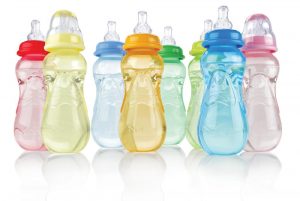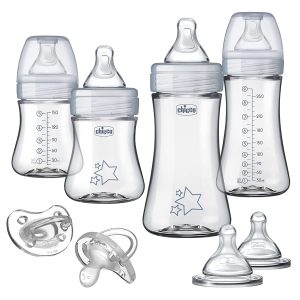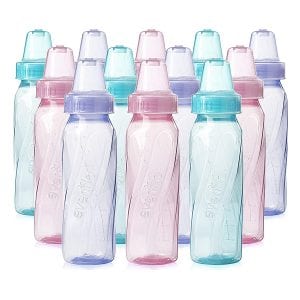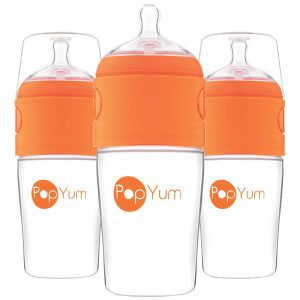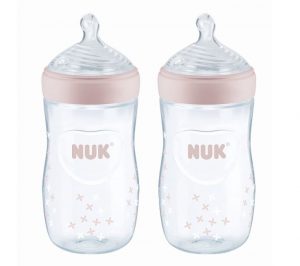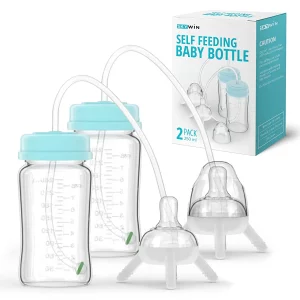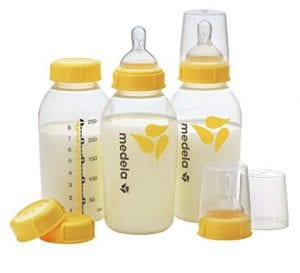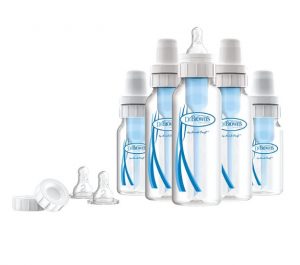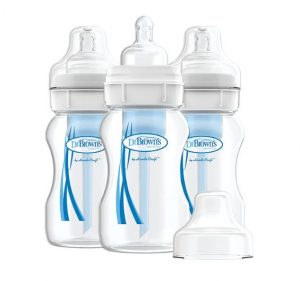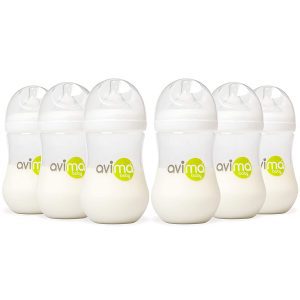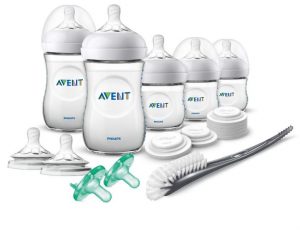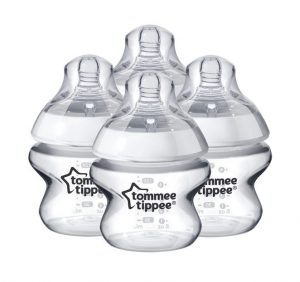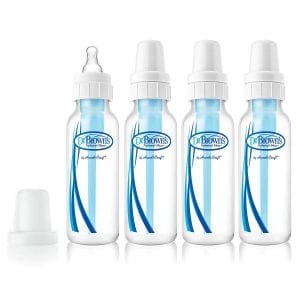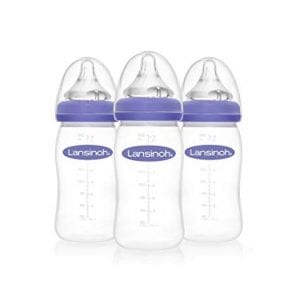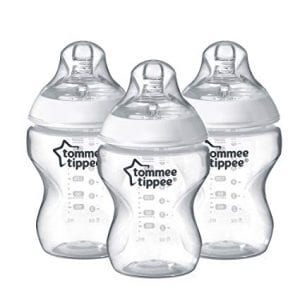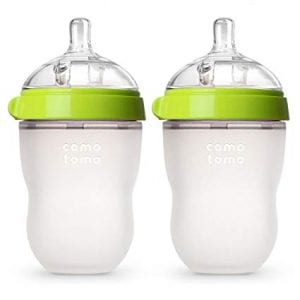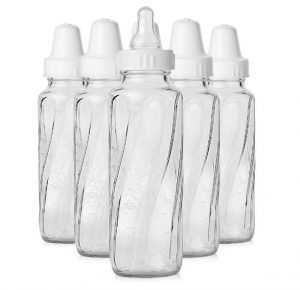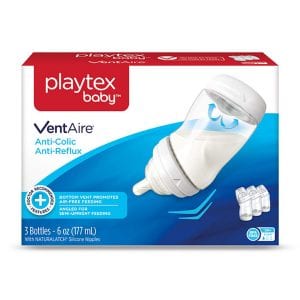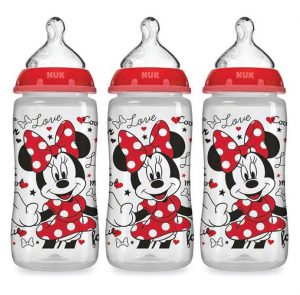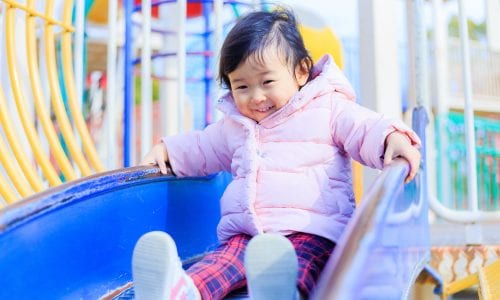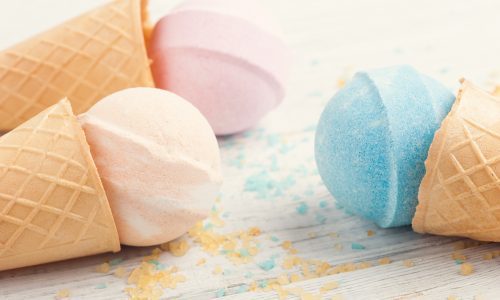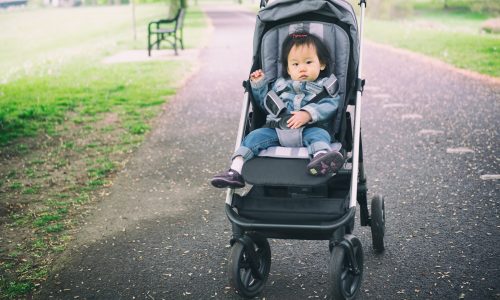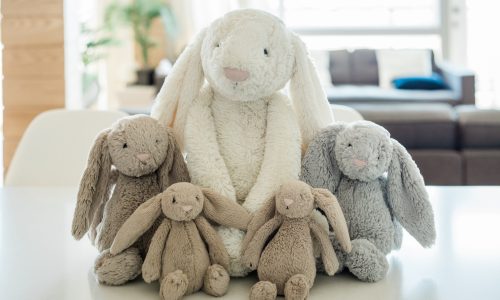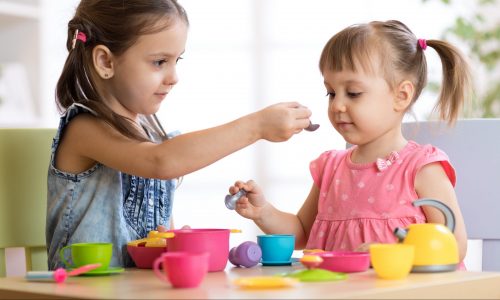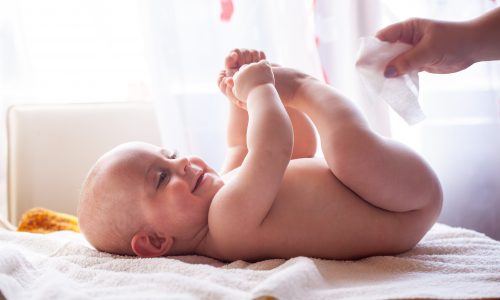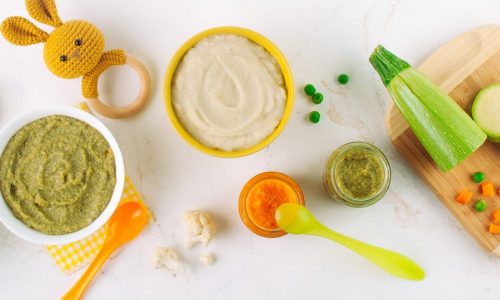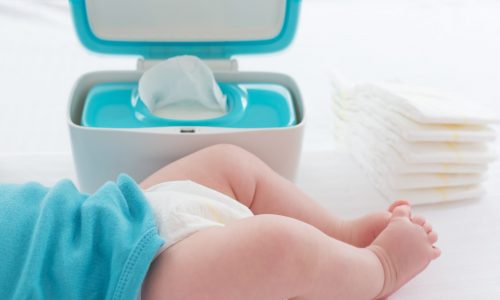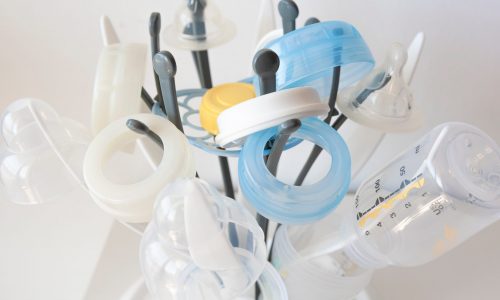The Best Baby Bottle
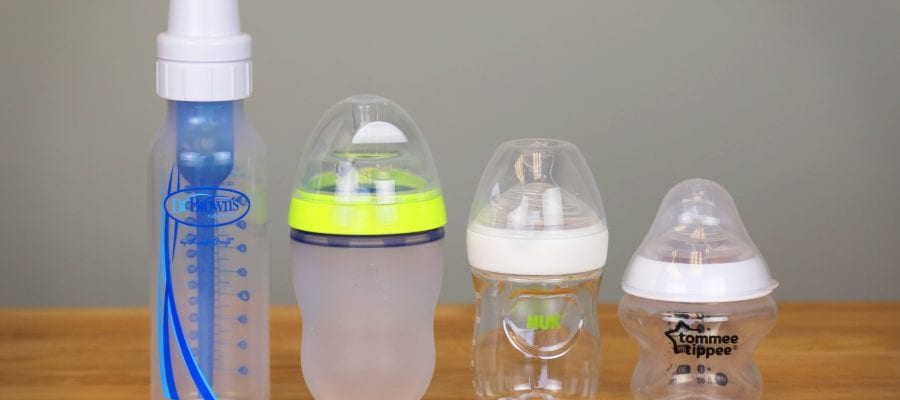
Our Review Process
Don't Waste Your Money is focused on helping you make the best purchasing decision. Our team of experts spends hundreds of hours analyzing, testing, and researching products so you don't have to. Learn more.
Our Picks For The Top Baby Bottles
- 1. Nuby Vented Anti-Colic Baby Bottles, 3-Pack
- 2. Chicco BPA-Free Slow Flow Baby Bottles, 4-Pack
- 3. NANOBÉBÉ BPA-Free Soft Nipple Baby Bottles, 3-Pack
- 4. PopYum Formula Funnel BPA Free Baby Bottles, 3-Pack
- 5. Evenflo Feeding Classic Tinted Plastic Baby Bottles, 12-Pack
- 6. NUK Simply Natural Clear Baby Bottle, 2-Pack
- 7. Skywin Leakproof Portable Hands-Free Baby Bottle Holder
- 8. Medela Leak-Proof Pumping Baby Bottles, 3-Pack
- 9. Dr. Brown’s PVC-Free Controlled Flow Baby Bottles, 5-Pack
- 10. Dr. Brown’s Original Wide-Neck Baby Bottles, 3-Pack
- 11. Avima Easy Clean Anti-Spit Up Baby Bottles, 6-Pack
- 12. Philips Avent Airflex Baby Bottle Starter Set, 5-Pack
- 13. Tommee Tippee Super Sensitive Baby Bottles, 4-Pack
- 14. Dr. Browns Original Baby Bottles, 4-Pack
- 15. Lansinoh Momma Breastmilk Baby Bottles, 3-Pack
- 16. Tommee Tippee Vented Silicone Baby Bottles, 3-Pack
- 17. Comotomo Natural Feel Baby Bottles, 2-Pack
- 18. Evenflo Classic Glass Twist Baby Bottles, 6-Pack
- 19. Playtex Baby Air-Free Anti-Reflux Baby Bottles, 3-Pack
- 20. NUK Dishwasher Safe Minnie Mouse Baby Bottles, 3-Pack
If you're searching for a basic set of baby bottles that is free of BPA, PVC and latex, this option is your best bet. The set includes three bottles in different colors, each of which features an anti-colic air system. The contoured bottle is also easy to hold for babies who are ready to attempt self-feeding.
Budget-Friendly OptionThe affordable price tag on this baby bottle set makes it an excellent choice for thrifty shoppers.
This baby bottle set is constructed using a special medical glass that is lightweight, yet free of harmful chemicals. Each of the bottles are also designed with laser etched calibrations and cute star decorations, so you know exactly how much milk your baby consumed. Additional attractive features include anti-colic valve vents, slow flow nipples a...
Measurements IncludedAs an added bonus, this baby bottle set comes with two pacifiers.
The non-collapsible nipple on this baby bottle allows your infant to stay latched throughout each feeding. It's also designed with three air vents to prevent colic. You can get the bottle set in either white, gray, pink or teal.
Anti-Colic DesignThe stable base on this baby bottle keeps it from tipping over.
It won't be long before your little one can hold this baby bottle, as it's lightweight and easy to grip. The bottle is also made using BPA-free materials and outfitted with micro-air vents for a slower flow through the nipple. Although the bottle holds as much as 8 ounces, there are notches on the side for using smaller portions if desired.
Multiple Colors AvailableYou can order this baby bottle in several color combinations, such as purple, pink and teal or teal, green and blue.
Buying Guide
Whether you plan on pumping breast milk so your spouse can feed your little one or you prefer to use formula, you’ll need a good set of baby bottles. With several different types of bottles on the market, it’s a good idea to do a little research before you choose one.
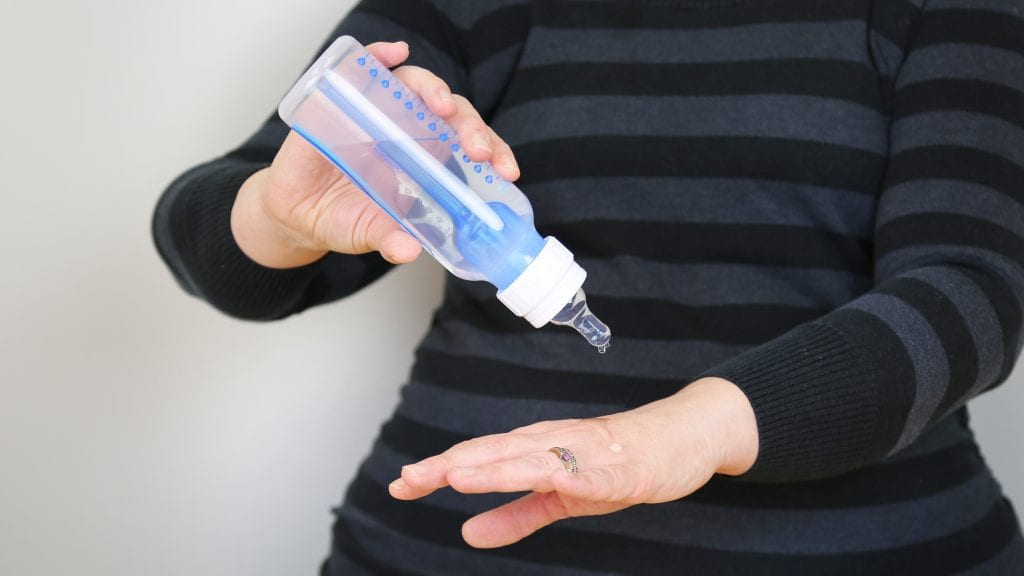
Start by examining what material the bottle is made from. If the bottle is created from plastic, you’ll want to look to see that it is BPA, PVC, lead and phthalate-free. Other bottles are made from glass, which is recyclable and environmentally friendly. That means you won’t have to worry about any toxic chemicals seeping into the baby’s formula.
Next, check the bottle design. The best design will reduce the amount of air your baby ingests, preventing instances of gas, colic and spit-up. Not only do certain bottles have a patented anti-colic bottom vent, but they also angle to lessen the chances of your baby developing an ear infection.
You’ll also want to look at how the formula is designed to flow through the bottle. Babies can get frustrated if the flow is too slow or choke if the flow is too fast. To combat this, some bottles have an internal vent system that works in sync with the bottle’s silicone nipple to flow at the baby’s pace.
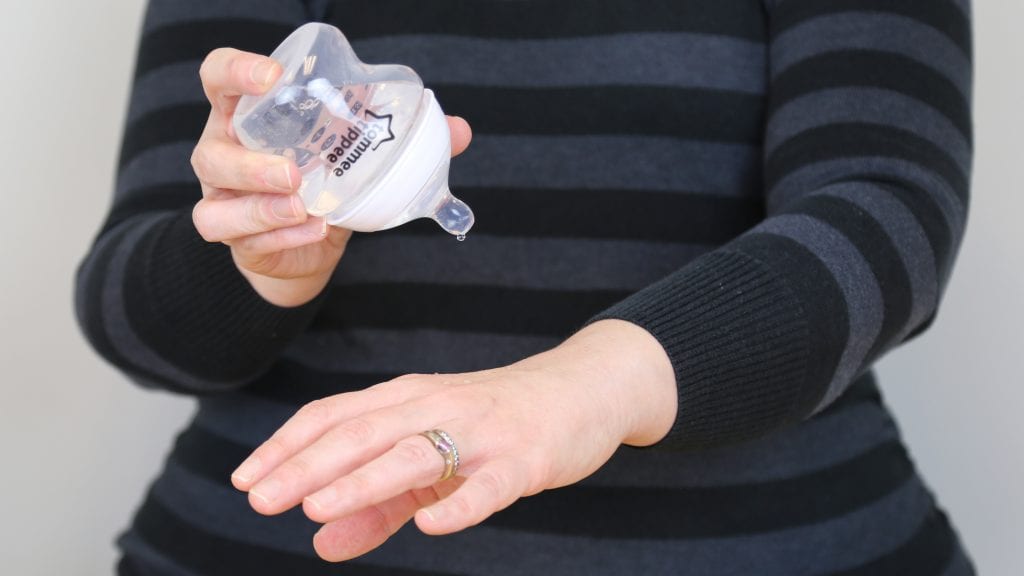
If this is your first baby, or you’re shopping for a baby shower gift, you’ll want to consider a bottle set that comes with a few extras. For example, you may come across a set that not only comes with six bottles in two different sizes, but also a bottle brush for cleaning the bottles, a formula dispenser for packing formula to-go and a pacifier to comfort baby.
What to Look For
- It is important to sterilize and clean your baby bottles properly before feedings. Sterilizing the bottles with boiling water should be done before the first use and again every so often if you have well water. After the first sterilization, you can take the bottles apart and either wash them in the dishwasher or soak them in a sink full of hot soapy water. Always rinse away any soap residue before using.
- The American Academy of Pediatrics recommends discontinuing the use of baby bottles by the time your child reaches 18 months of age. By then, you’ll want to switch to a sippy cup. This is important because the longer a toddler uses a bottle, the higher their chance of tooth decay.
- Once you’ve retired your baby’s bottles, you can repurpose them. They can be used for everything from measuring liquids to holding snacks for a car ride to storing paintbrushes in between masterpieces.
- Certain excess baby bottles can be tossed in your recycling bin. Turn the bottles over and look at the number on the bottom. If you see a five or seven, you can recycle them. You can also donate the bottles to a children’s charity or an animal shelter.
- Since most bottles are sold in sets, it’s important to consider what you get with each set when comparing prices. So a set that includes a total of six bottles, a bottle brush, a formula dispenser and a pacifier is naturally going to cost more than a set with just four bottles.
More to Explore
Originally, breastfeeding was the only method for feeding a baby. If a new mother wasn’t making enough milk, a wet nurse was used. During the 18th and 19th century, however, there weren’t enough wet nurses to fill the demand. As a result, artificial feeding from a bottle using milk from cows, goats and sheep was used.
Some of the first baby bottles were made from such materials as tin, porcelain and pewter. In ancient times, cow horns and terracotta jugs were used. By the 20th century, bottles had become commonplace and were being made from glass. Today’s bottles are made from plastic and feature either a rubber or silicone nipple.

